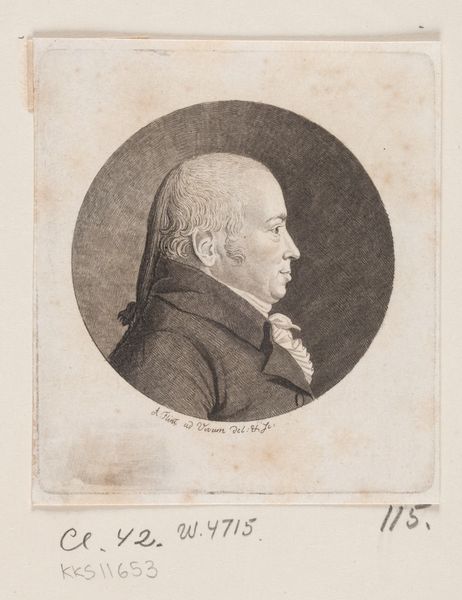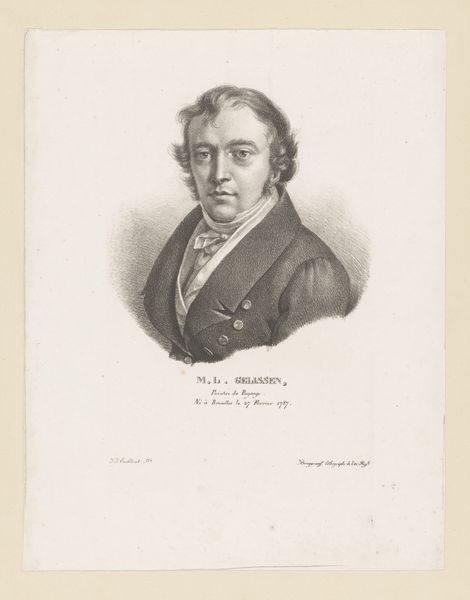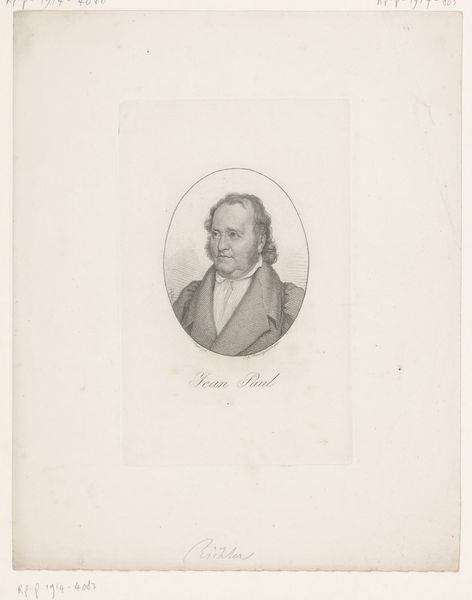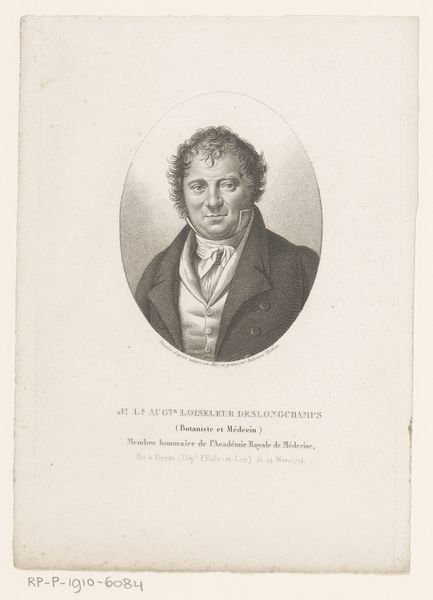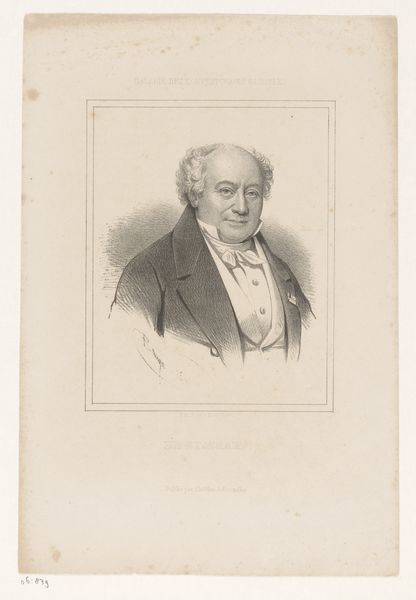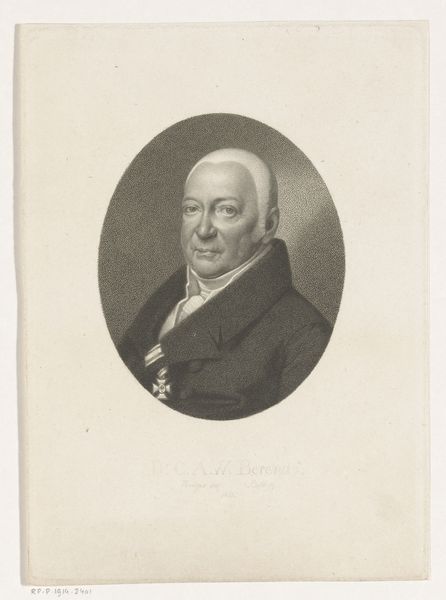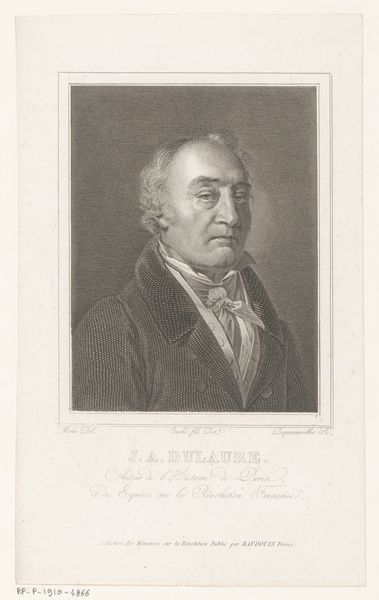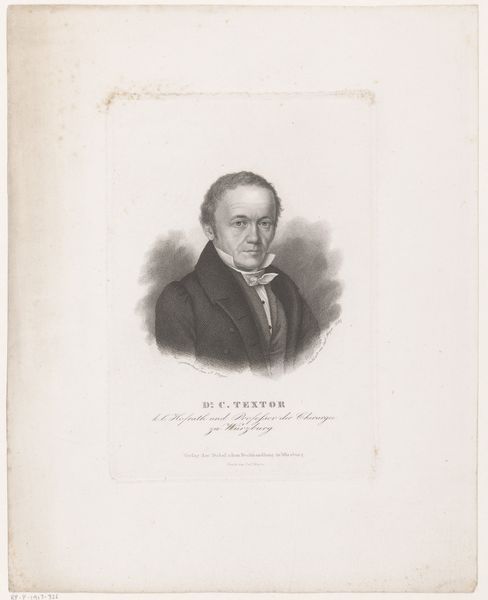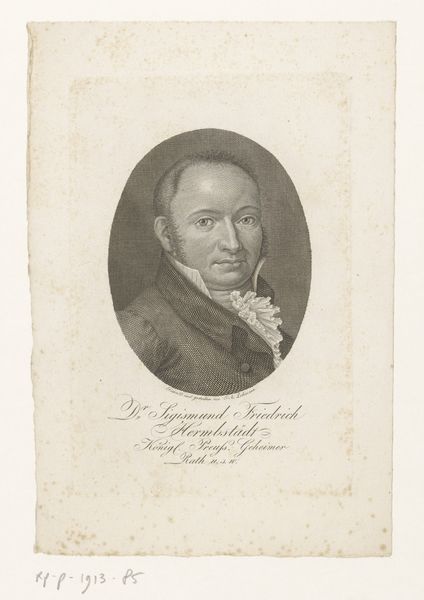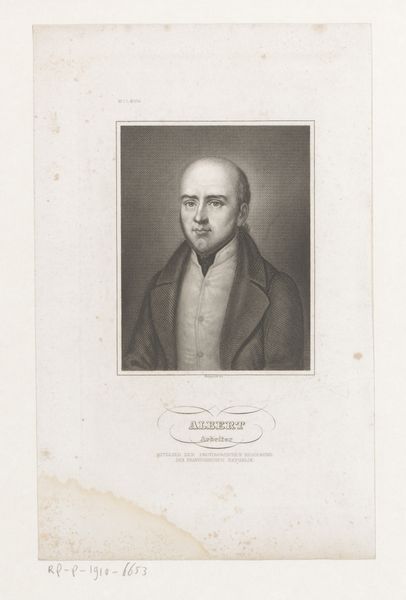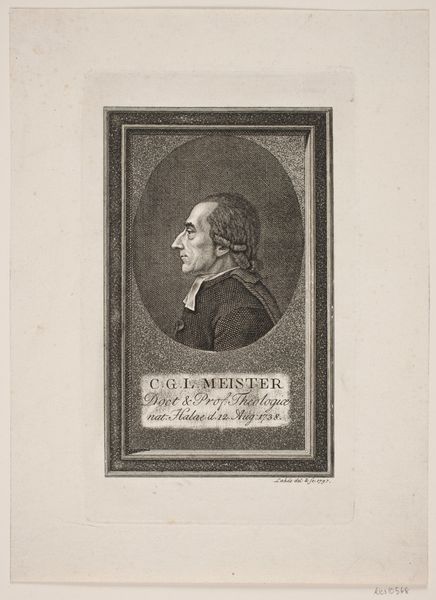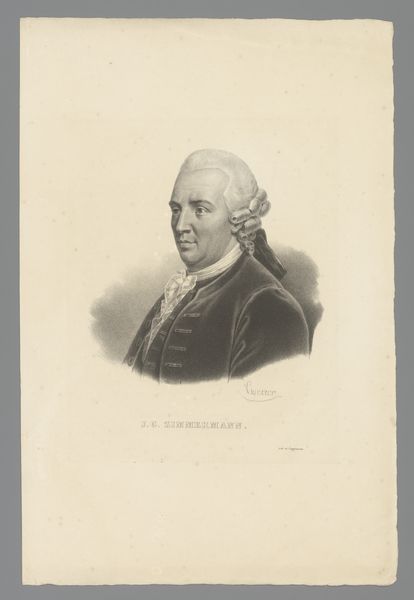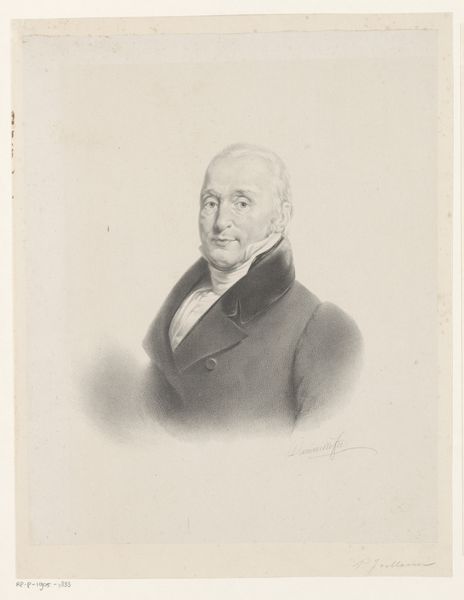
print, engraving
#
portrait
#
neoclacissism
# print
#
history-painting
#
engraving
Dimensions: height 295 mm, width 224 mm
Copyright: Rijks Museum: Open Domain
Editor: This is Carl Ernst Christoph Hess's "Portrait of Maximilian I Joseph, King of Bavaria," created sometime between 1799 and 1828. It's an engraving, so it's essentially a print. It feels quite formal, even stiff. What strikes you most about it? Curator: As a materialist, I find the process of creating this print quite compelling. Think about the labor involved in the engraving process. Each line, each shading effect, is meticulously carved into a metal plate. This wasn't a quick or easy task. The engraver is a skilled worker. Editor: Absolutely. It must have taken a huge amount of time. Curator: Precisely. And this is a reproduction! The original image likely was a painting. Consider how printmaking allowed for the mass dissemination of imagery of powerful figures like Maximilian. It connected him to a wider audience than any oil painting could. It is also a carefully designed propaganda. Editor: So, the medium itself becomes part of the message? Curator: Inextricably. The material reality of this print - its reproducibility, its accessibility, the labor invested in it – shapes its meaning. We are viewing the convergence of technique, power, and accessibility to an audience which would also dictate future commission for the studio of the artist. The art itself turns to consumer good. Editor: That makes me see it differently. It’s less about just the king’s portrait and more about the system that allowed this image to circulate. Thank you! Curator: My pleasure! Understanding art through its materials and modes of production reveals fascinating insights.
Comments
No comments
Be the first to comment and join the conversation on the ultimate creative platform.
